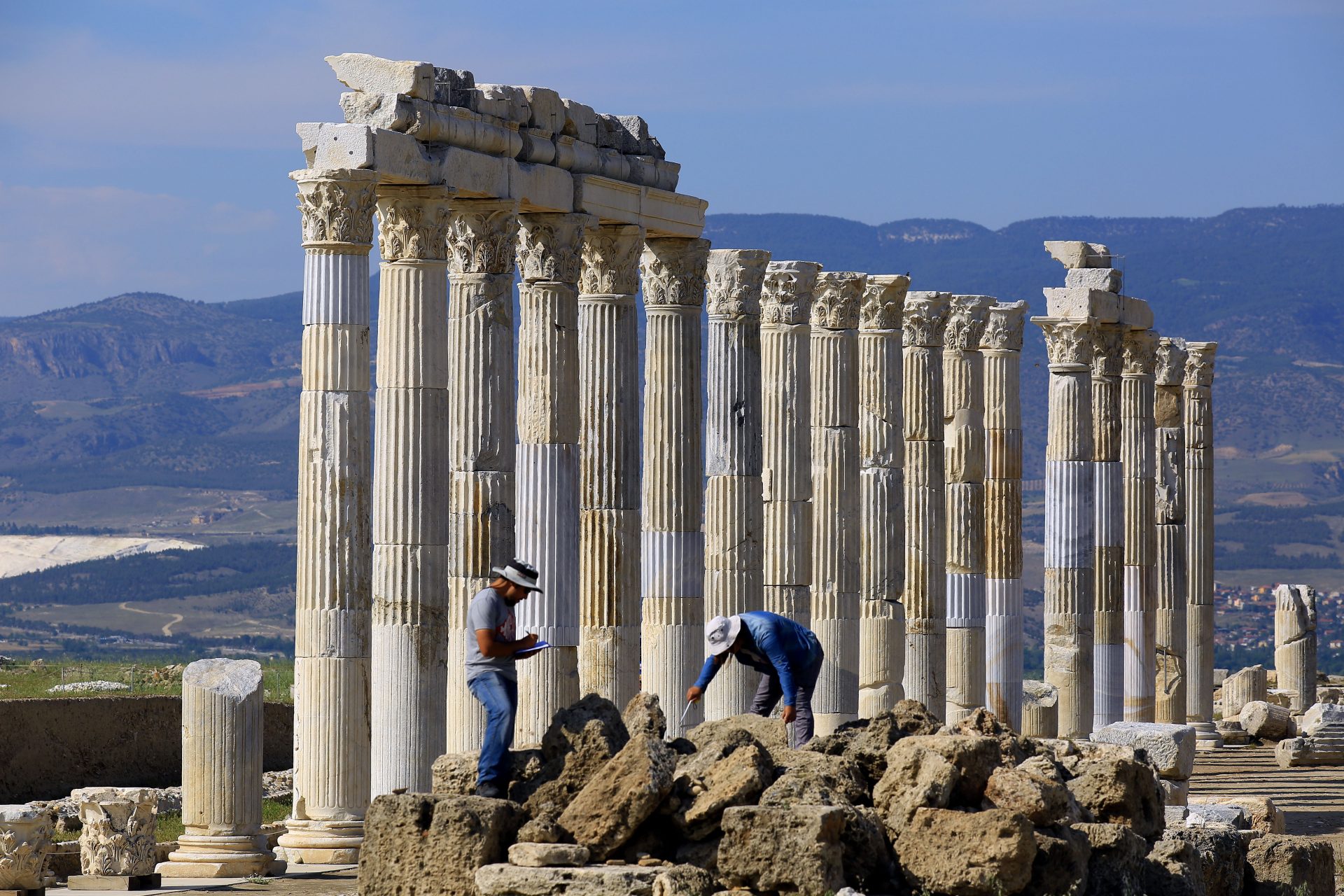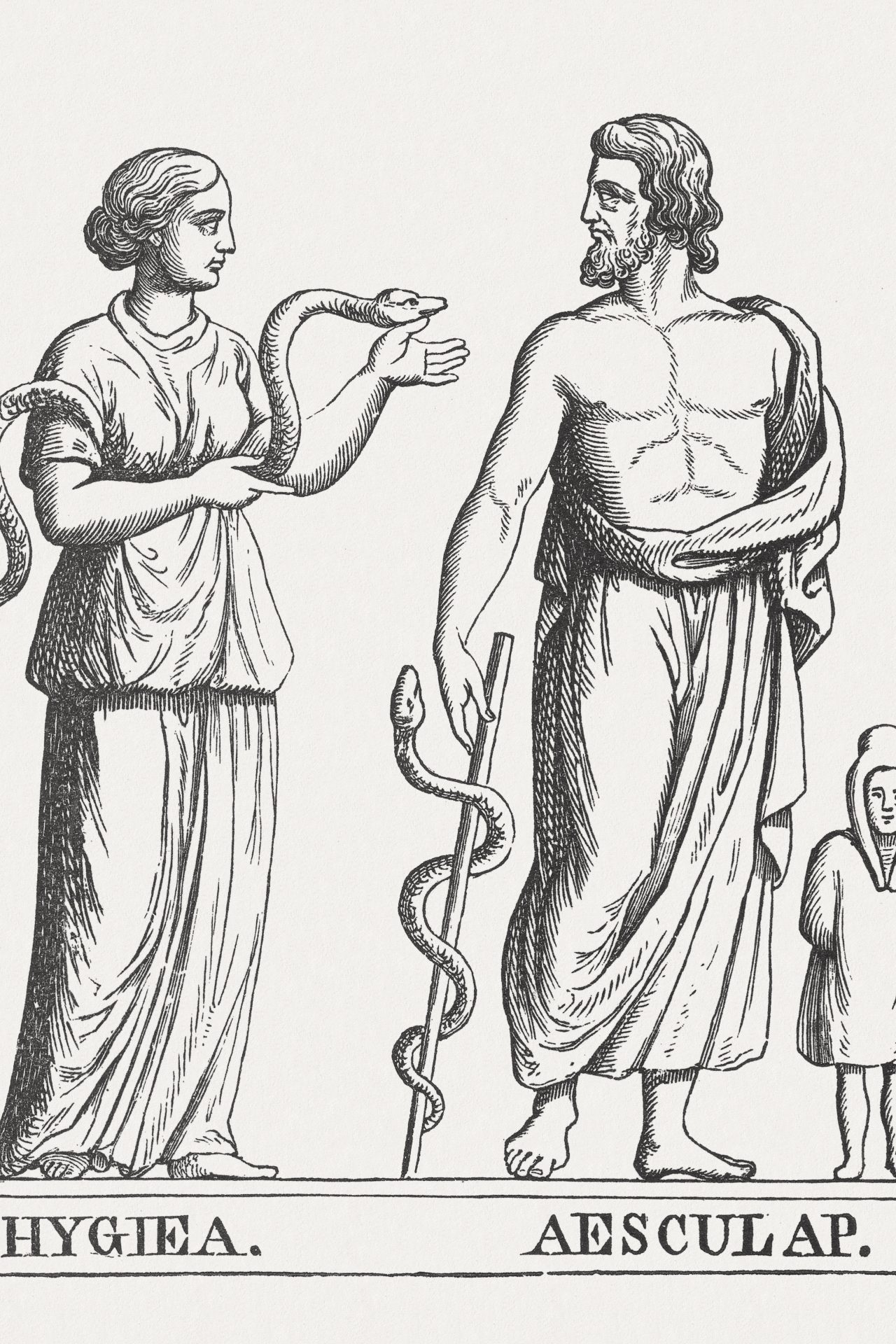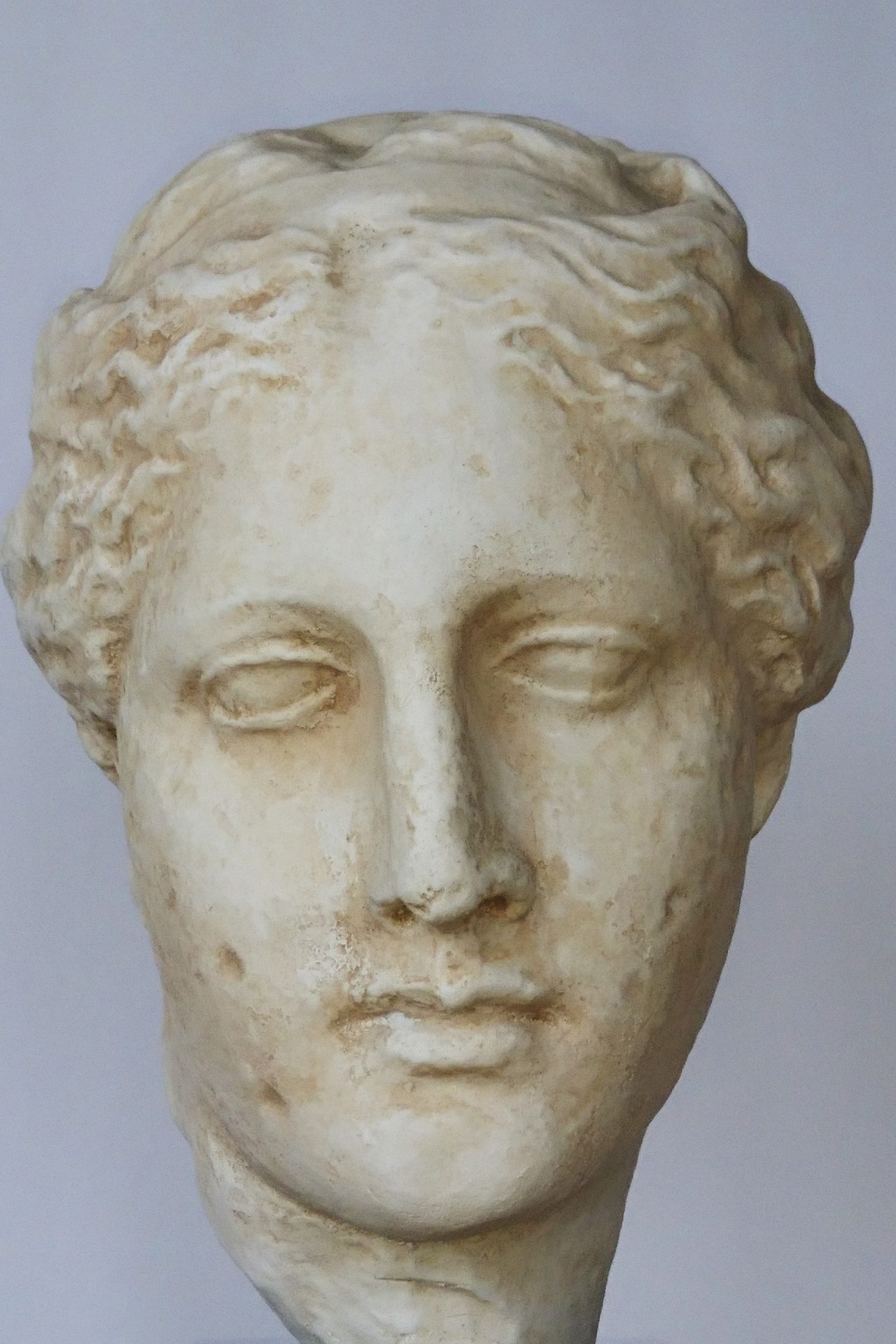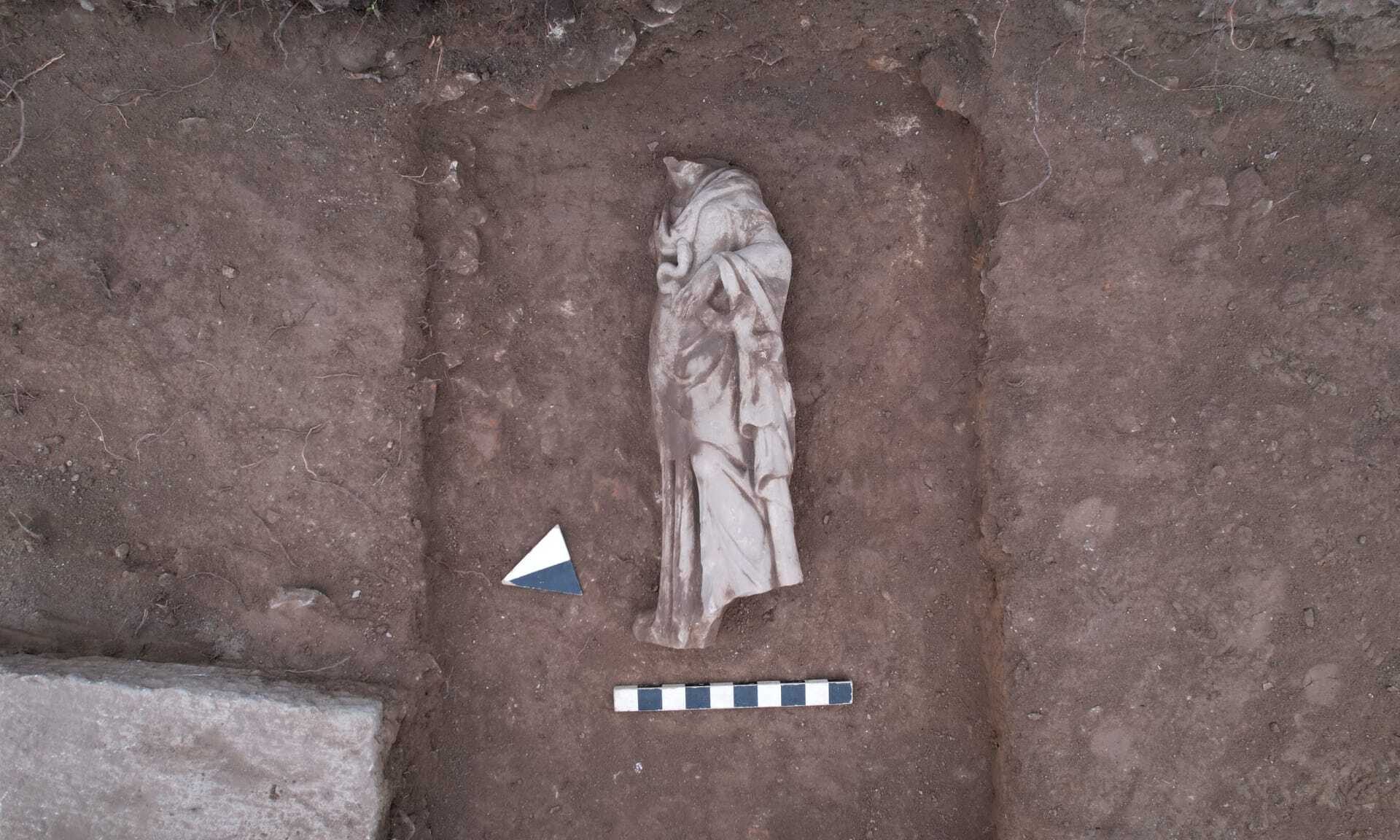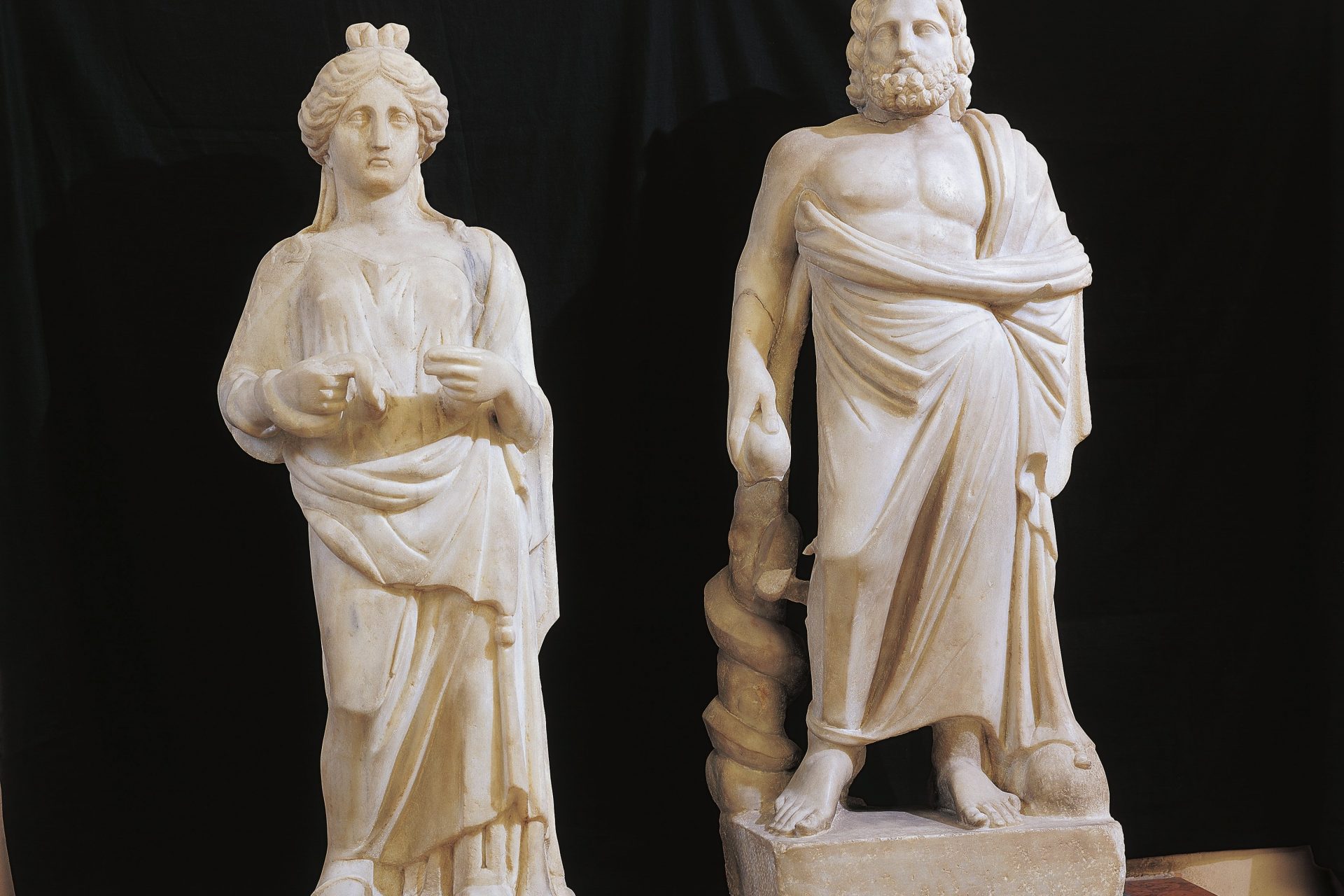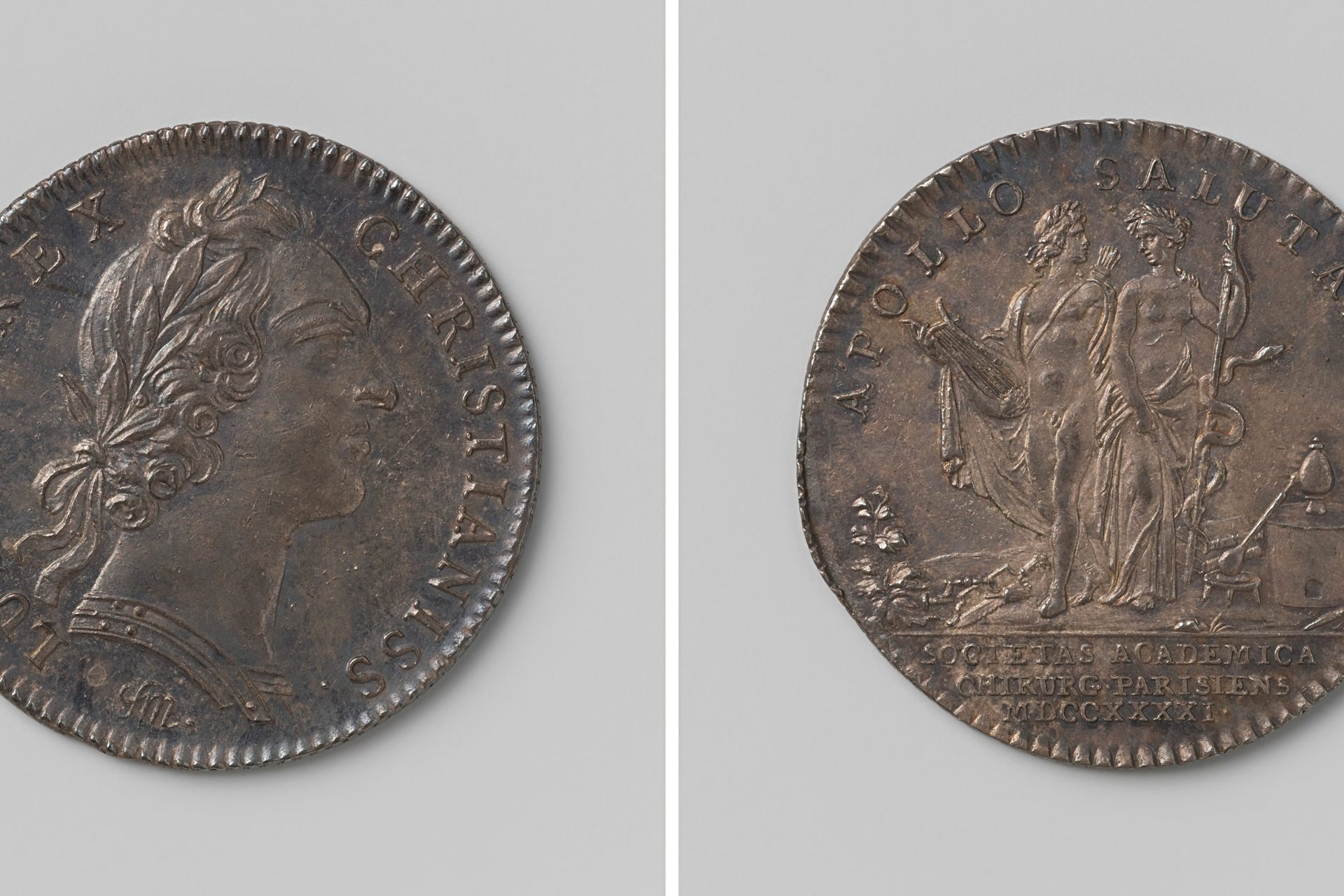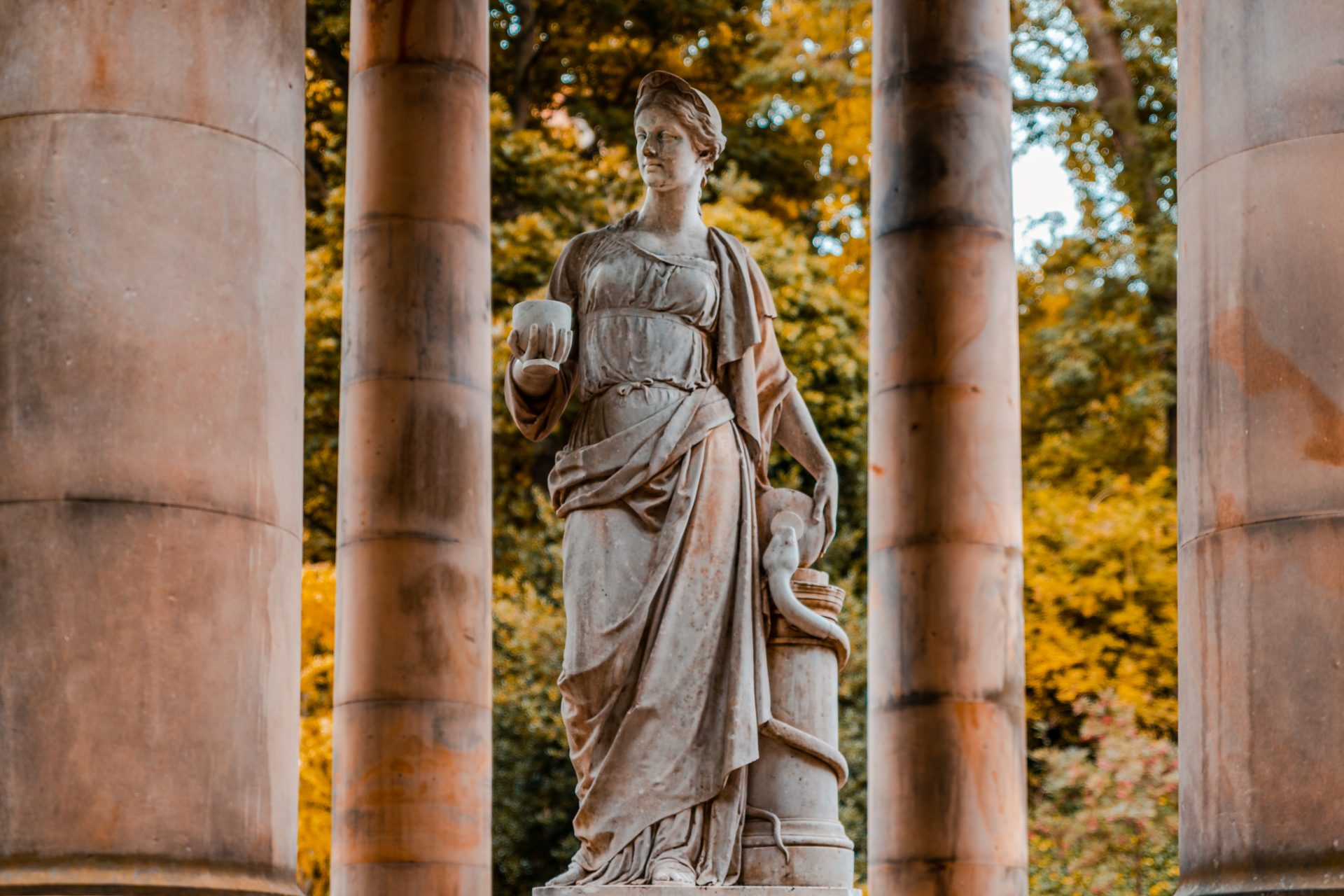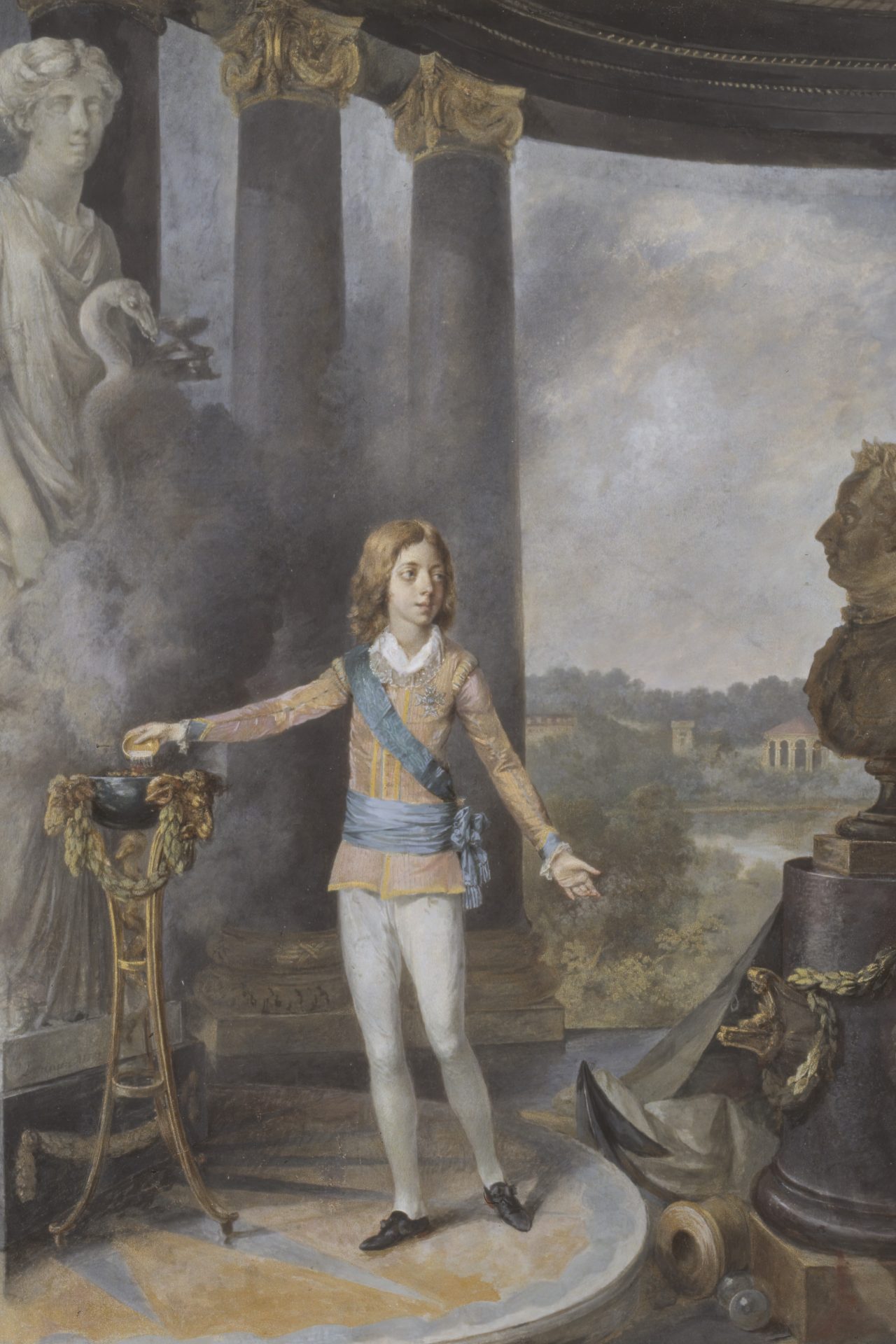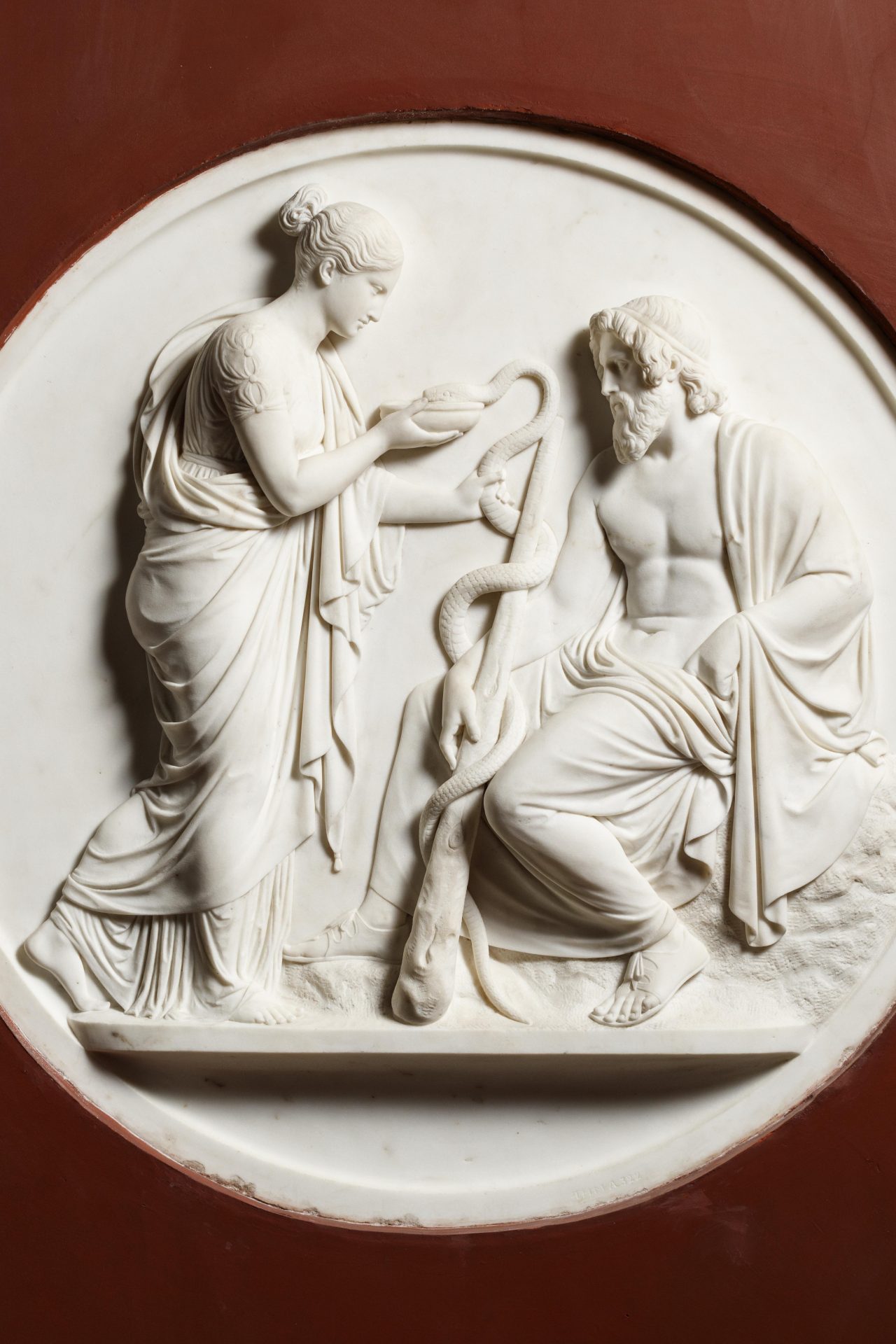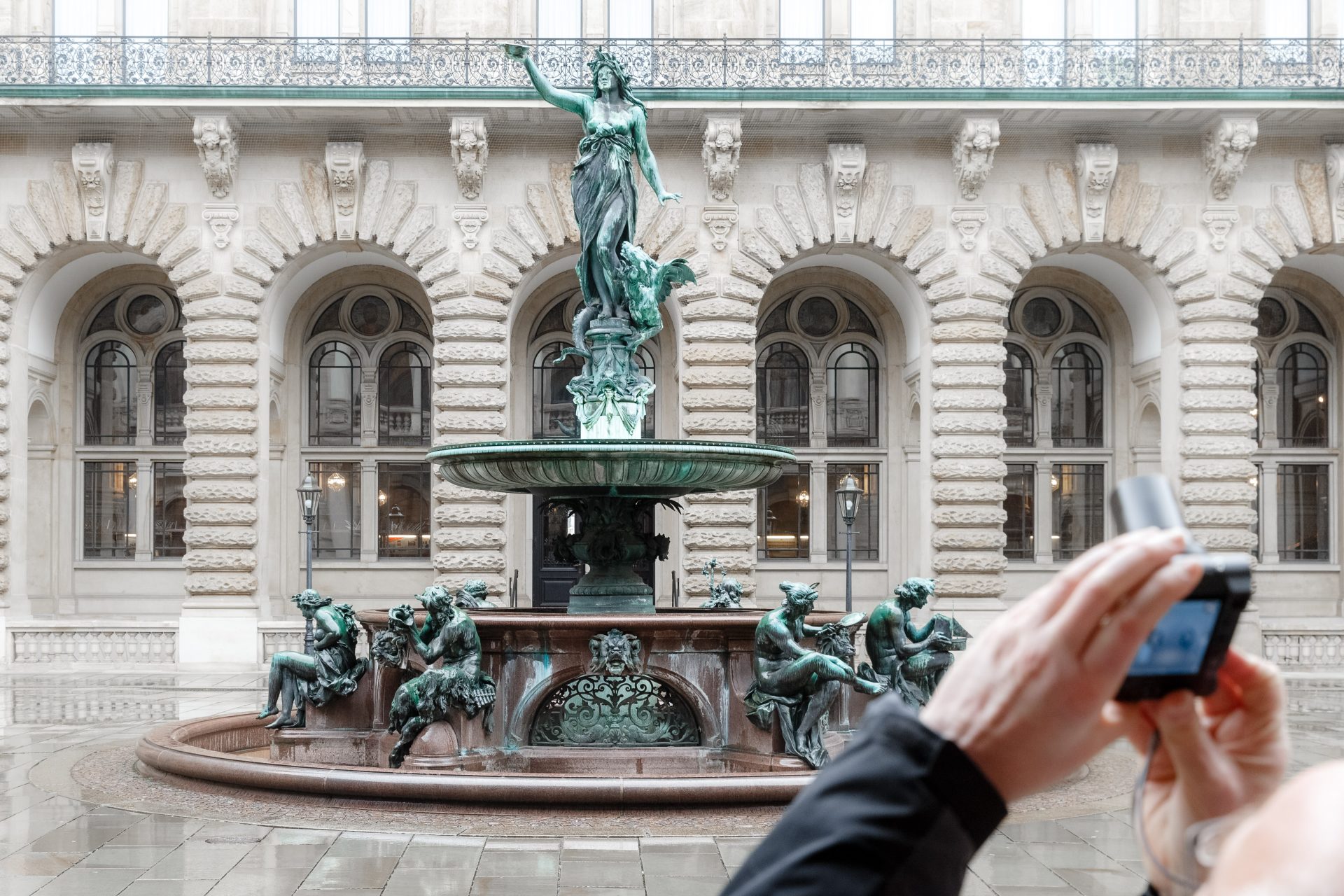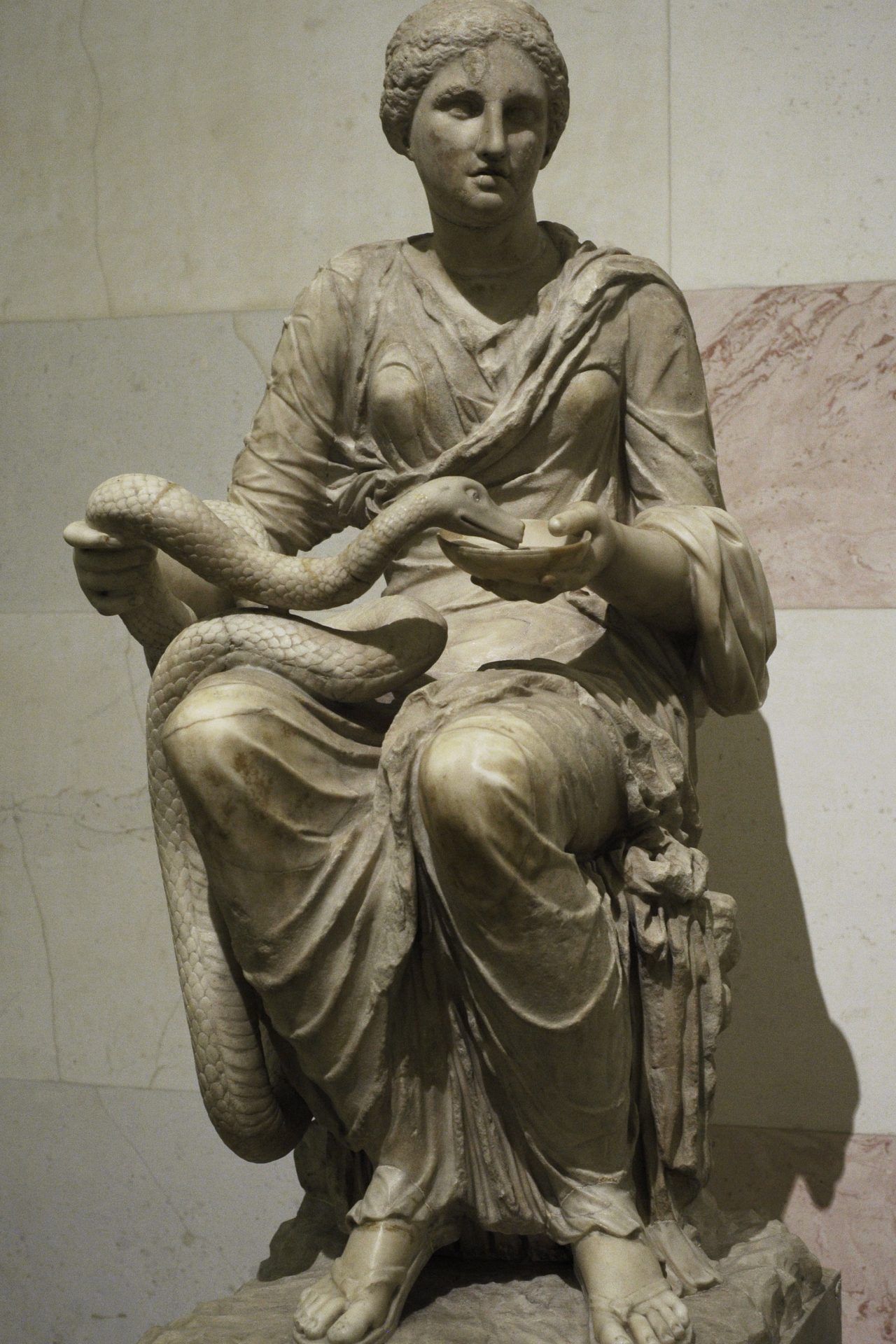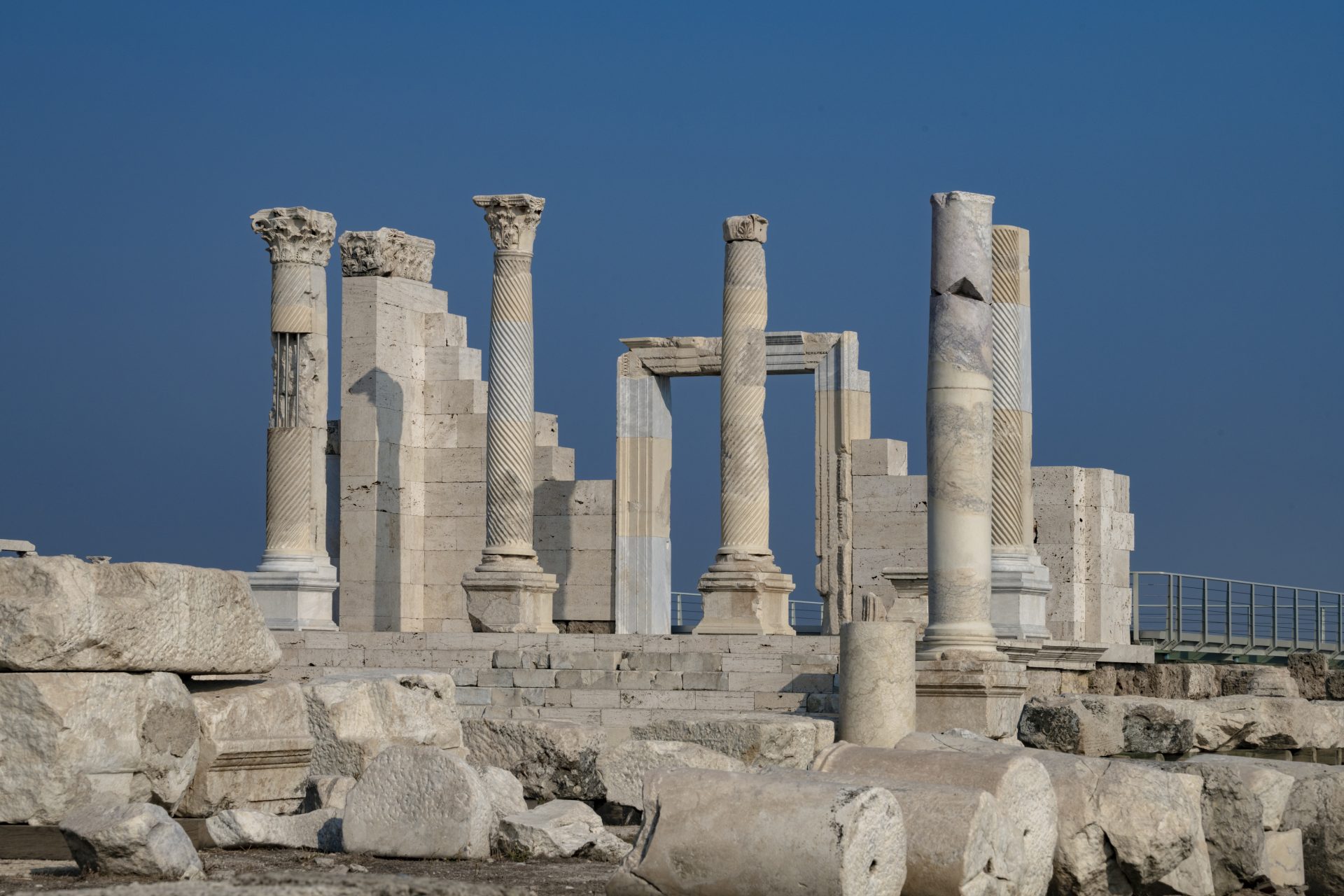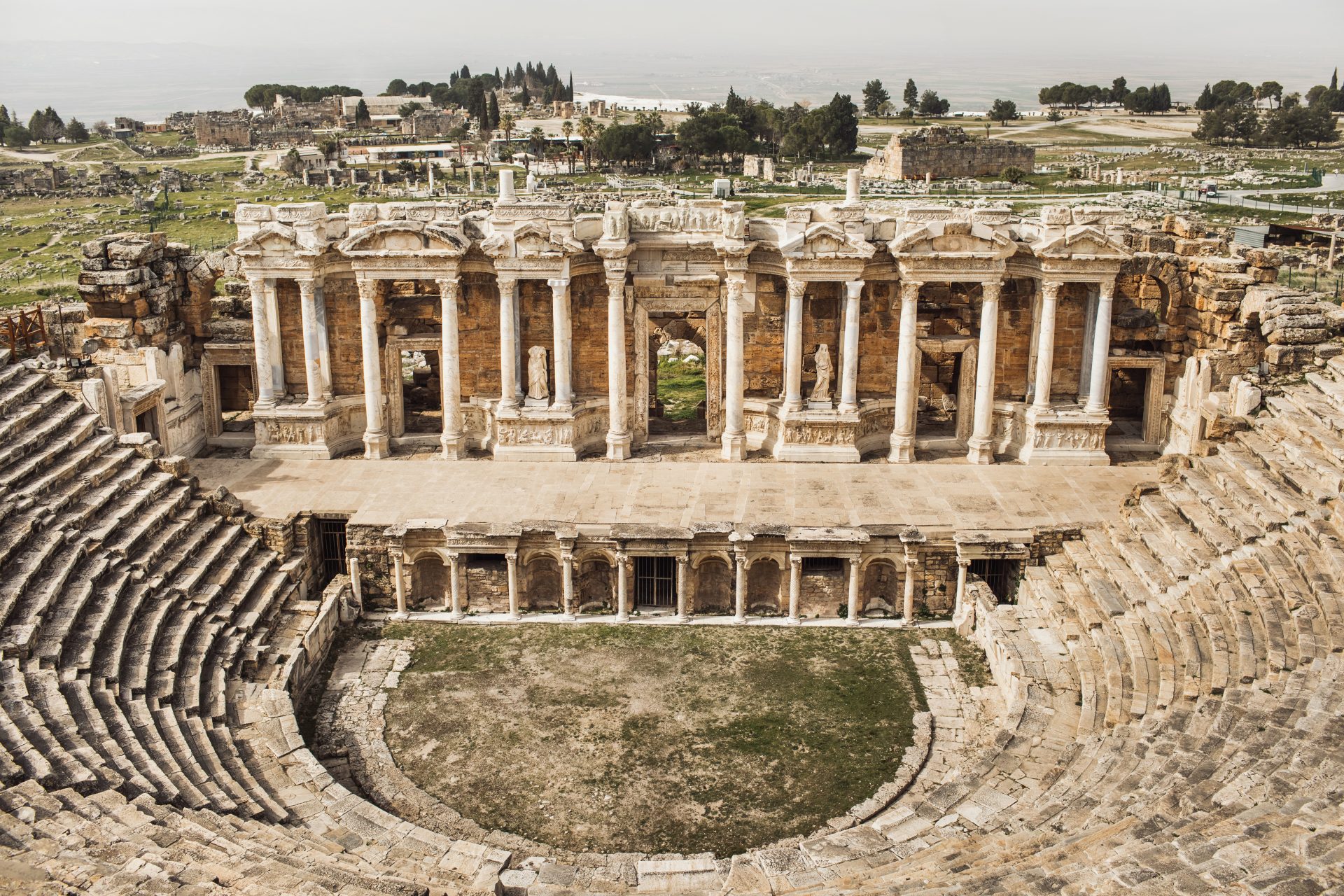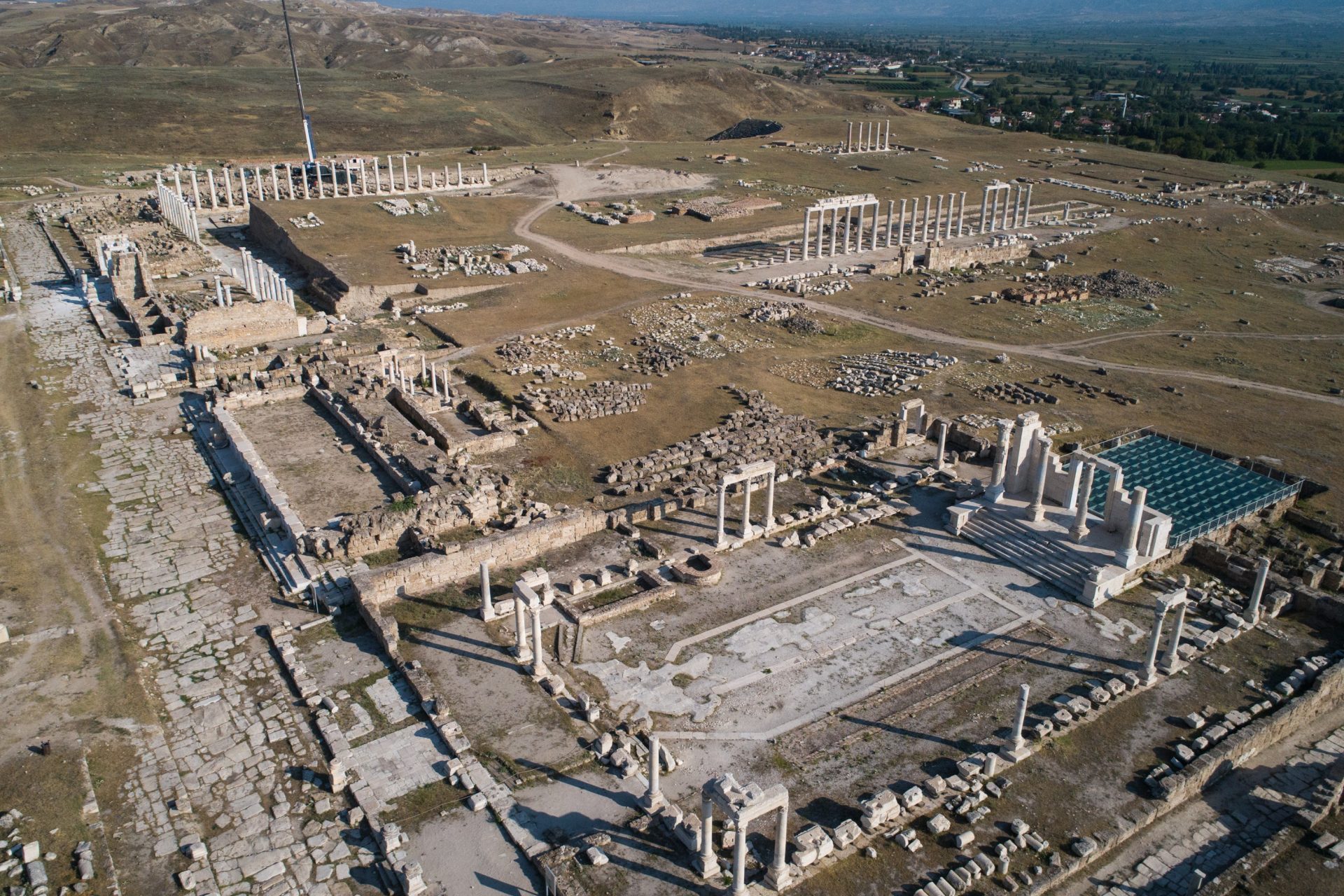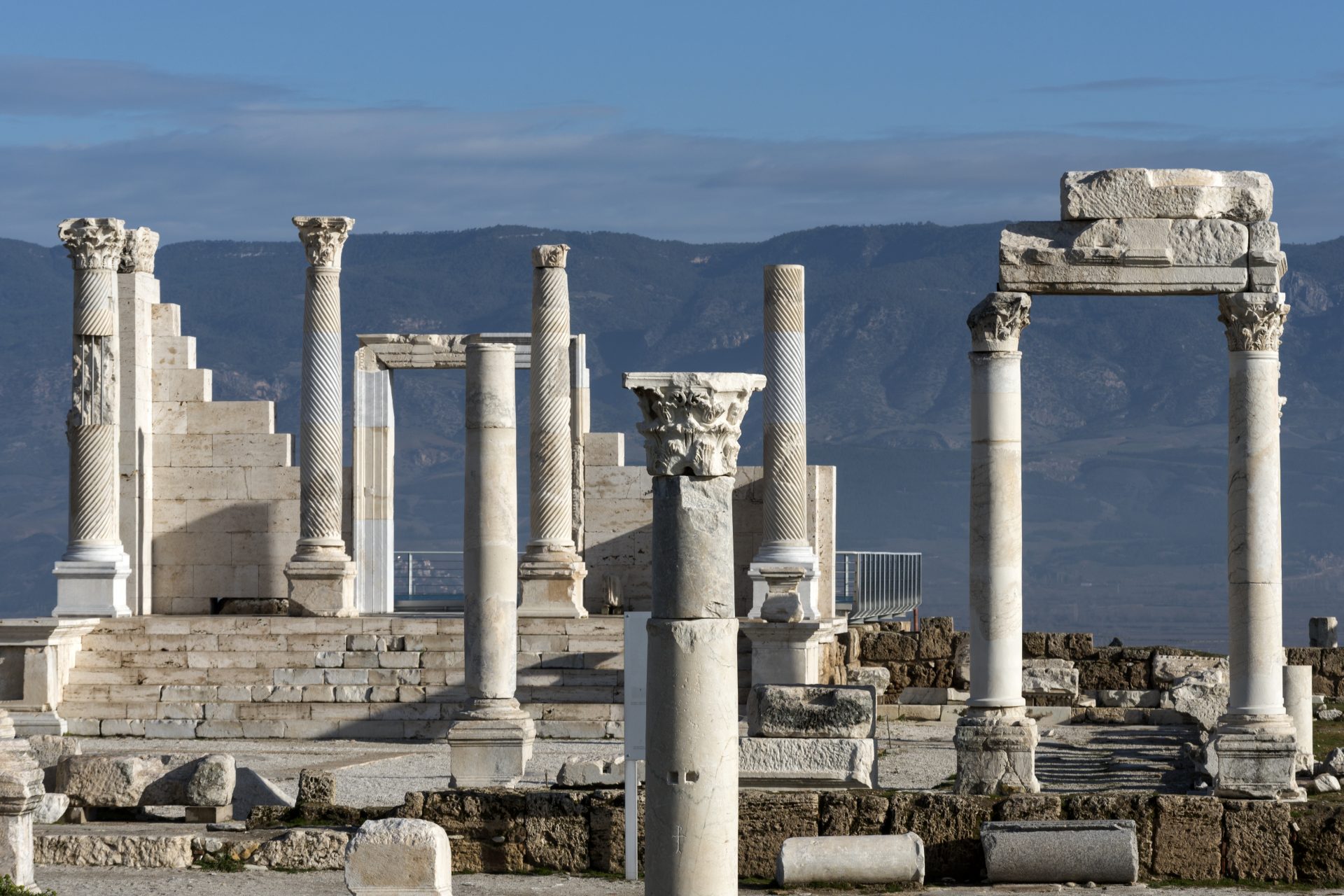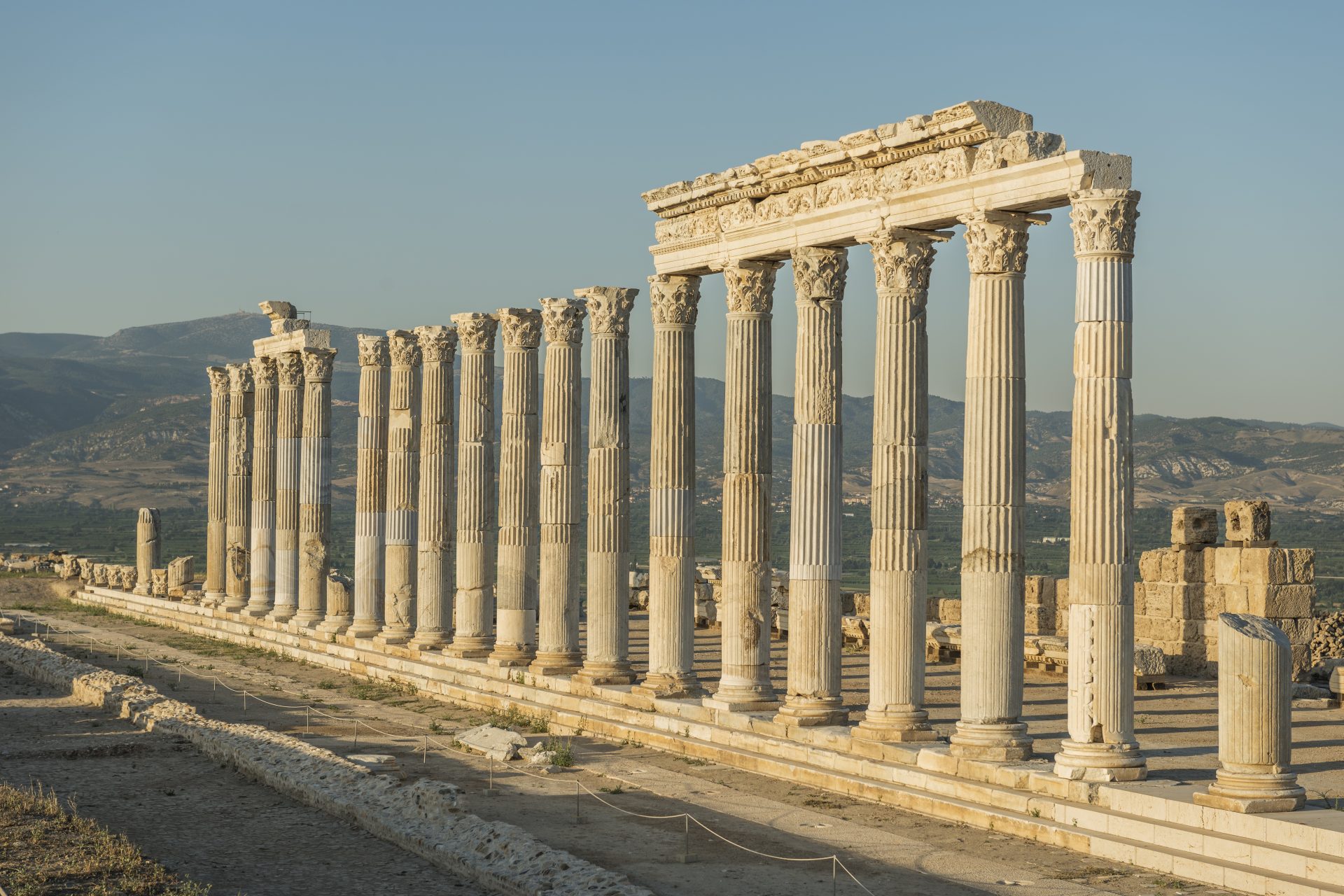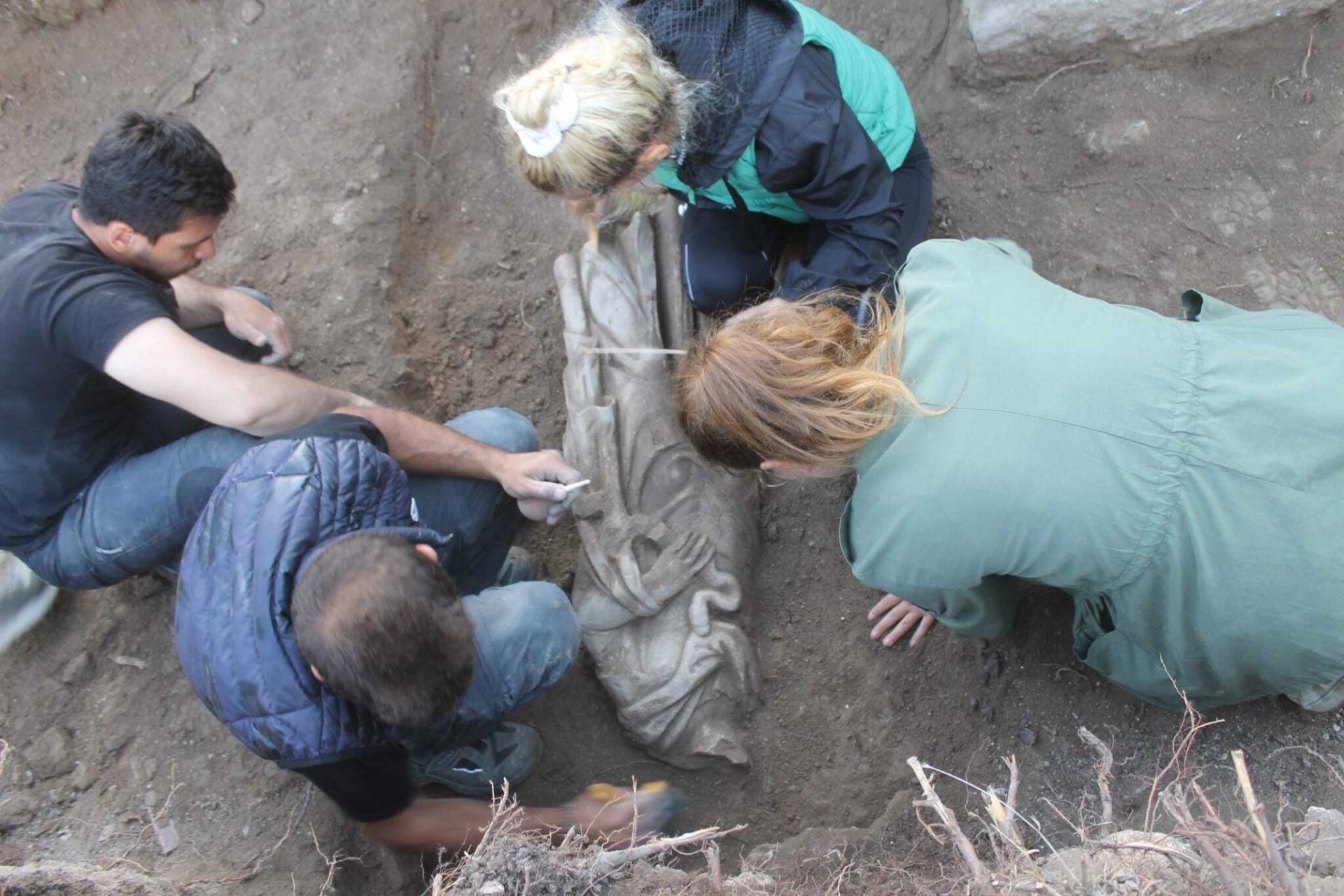They restored an ancient Turkish amphitheater and found the unthinkable
During the restoration of the Laodicean amphitheater in Turkey, a team of archaeologists made an exceptional discovery: the head of an ancient statue of Hygieia. The discovery has sparked great enthusiasm in the archaeological community.
According to the Science Museum Group, Hygieia is the Greek goddess of health, whose name gave rise to the philosophy of hygiene. The cult of Hygieia began in Athens in the 6th century BC, associated with the cult of Athena.
She was the daughter and chief assistant of Asclepius, the god of medicine. He had two sisters, Panacea ("Cure-all") and Iaso ("Remedy"). The Romans knew her as Salus.
The discovery of the head of Hygieia next to a statue of Asclepius in Laodicea generated great expectations. According to Simsek, both statues date from between the end of the Hellenistic period and the beginning of the classical era, reveal the presence of the Herophileion medical school and suggest a connection with Strabo. The statues stand out for their exceptional artistic quality and meticulous execution.
Throughout history, in classical sculpture, Hygieia has often been depicted with a snake, a symbol of medicine. Its influence endures to this day, being a reminder of the importance of cleansing and healing in healthcare. Below we present some of these representations.
Louis XV, King of France, issued a silver medal by order of the Société Académique de Chirurgie of Paris. On the obverse, it presents the bust of a man with a laurel wreath. On the reverse, it shows Apollo with a capstan in his hand and possibly Hygieia with a staff, around which a snake is coiled, standing next to a chemical device within a circle.
Designed by the painter Alexander Nasmyth in 1789, this structure houses a statue of Hygieia. It was discovered in 1760 and considered by locals to have healing powers. This beautiful building has stood for over 230 years and is located next to the Water of Leith promenade.
King Gustav IV Adolf of Sweden sacrifices himself to Hygieia for his father's health, 1792.
"Hygieia feeding the serpent of Asclepius" is a relief sculpture created by Bertel Thorvaldsen between 1829 and 1840. It depicts Hygieia, the goddess of health, feeding the serpent of Asclepius, god of medicine, with a gesture similar to the by Hebe. This work, carved by Johann Scholl, is part of the Modern period (1800-1914) in European sculpture.
The Hygieia fountain, built in 1895/96 in the courtyard of Hamburg City Hall, commemorates the cholera epidemic of 1892, in which more than 8,000 Hamburgers died.
The head of the Hygieia statue is a crucial find for understanding the culture and art of ancient Greece. This discovery is significant for the archaeological community and lovers of ancient art, symbolizing healing and protection.
The discovery of the lost head of the statue of Hygieia has occurred at the archaeological site of Laodicea, in Turkey, a site of great historical importance. This find adds a valuable treasure to the collection of ancient discoveries in the region.
The archaeological site of Laodicea stands out for its enormous stadium, two theaters (in the image the theater of Denzilli), thermal baths, an extensive aqueduct, a cistern, an odeon, a church mentioned in the Apocalypse, monumental reconstructed streets and several temples.
Originally called "Laodicea on the Lycus", this ancient Greek city, located in the southwest of modern-day Turkey near Denizli, was founded around 261 BC by Antiochus II. Its prominence was due in part to its strategic location along the Lico River and on a key land trade route, according to an article published on esquire.com.
According to the same source, after its Greek foundation, Laodicea passed into the hands of the Romans. Additionally, it is famous for being one of the seven churches mentioned in the Bible, and is close to other notable biblical cities, such as one located about 100 miles east of Ephesus.
Laodicea's prosperity was brief, probably due to earthquakes. One in 60 AD, during the reign of Nero, marked the beginning of its decline. Although it was rebuilt, subsequent earthquakes in 494 AD and 602 AD brought further difficulties, compounded by political changes. Finally, the city was destroyed during the invasion of Turks and Mongols.
The discovery of Hygieia is a significant achievement for the archaeological community and lovers of ancient art, enriching our understanding of the importance of the goddess of health in ancient Greece and Rome.
More for you
Top Stories



